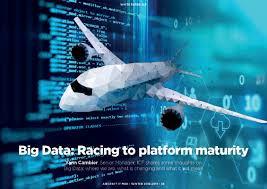AI, ML, and a bunch of other acronyms are everywhere in engineering. No so more in aerospace. From large airlines to small airports, data science has become the zeitgeist of today’s aviation. But it does still have glaring issues; for example, can these large data sources used to develop models be trusted enough to develop AI assistants for air travel?
The issue is combing. As we all know, outliers can mess up any good data set. But there’s more: some values we receive may be poor estimates or plain incorrect. In issues like windshear and low-speed engine failures, small errors in the ML model could be the difference between life or death. Aircraft today are trained at a fairly strict tolerance level for data, but as the world relies more on AI, there has been a shocking trend to less reliable data sources. It’s clear that we need to comb through the data thoroughly, which often means thousands of human hours spent verifying hundreds of spreadsheets.

So how is this connected to sustainable aviation? Route optimization. Data models are much better than humans at making routes run faster because they can analyze millions of scenarios at once. To add, managing departure, landing, and even mid air flight paths can be done quite easily with an ML/AI model. However, as we cannot trust the AI completely, it will need to be supervised. Still, this could potentially save billions of dollars and tonnes of CO2 each year.
Data science in aerospace is here to stay, to no one’s surprise. But we must be cautious. One wrong dataset could jeopardize more than just a few minutes of flight time. Just like with autopilot, we will likely see ML and AI in aviation under human control and supervision at all times.
